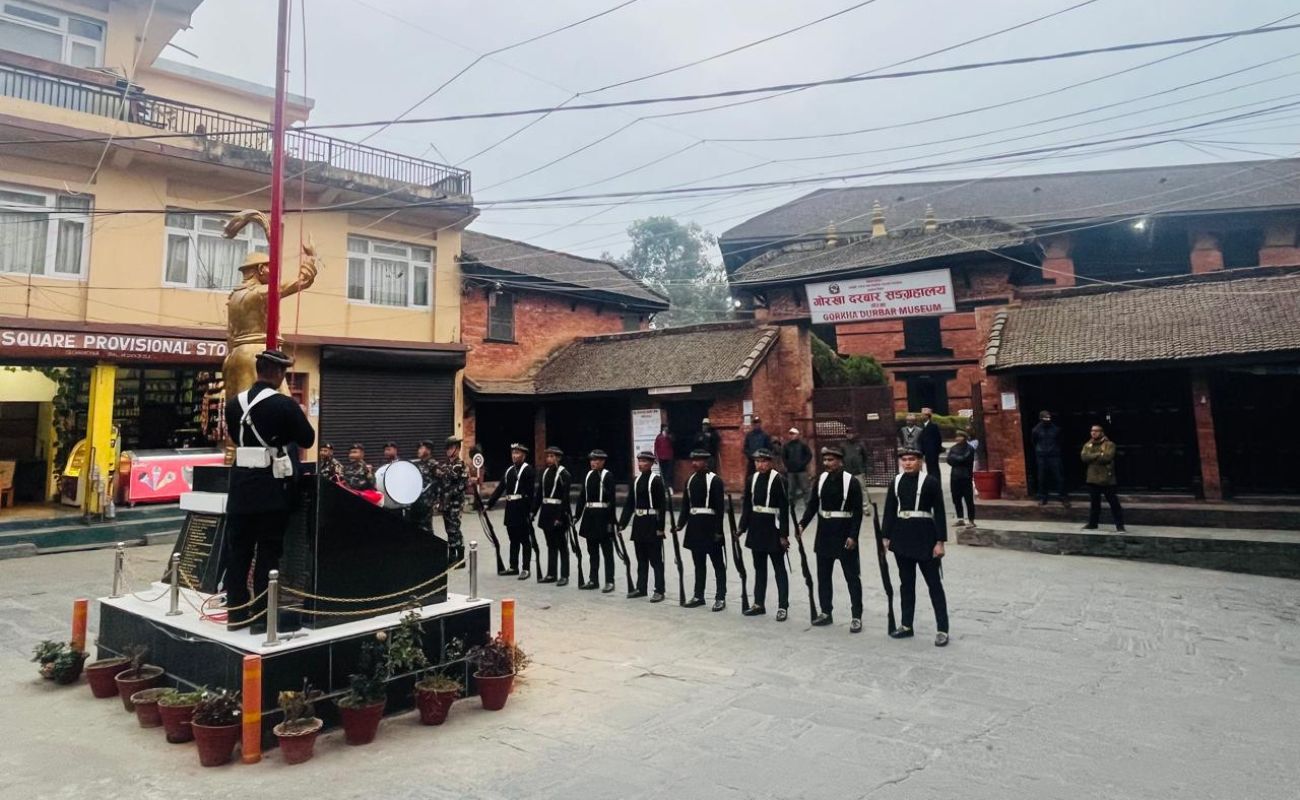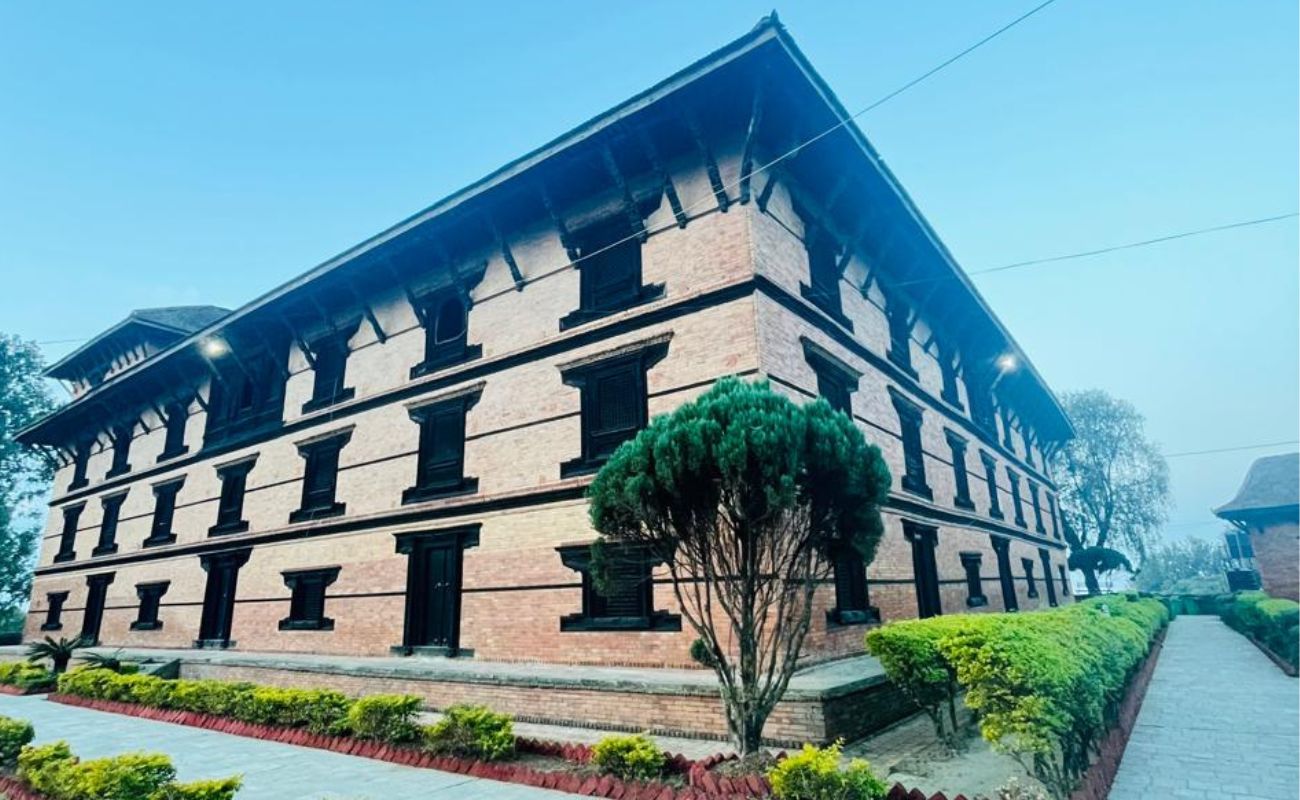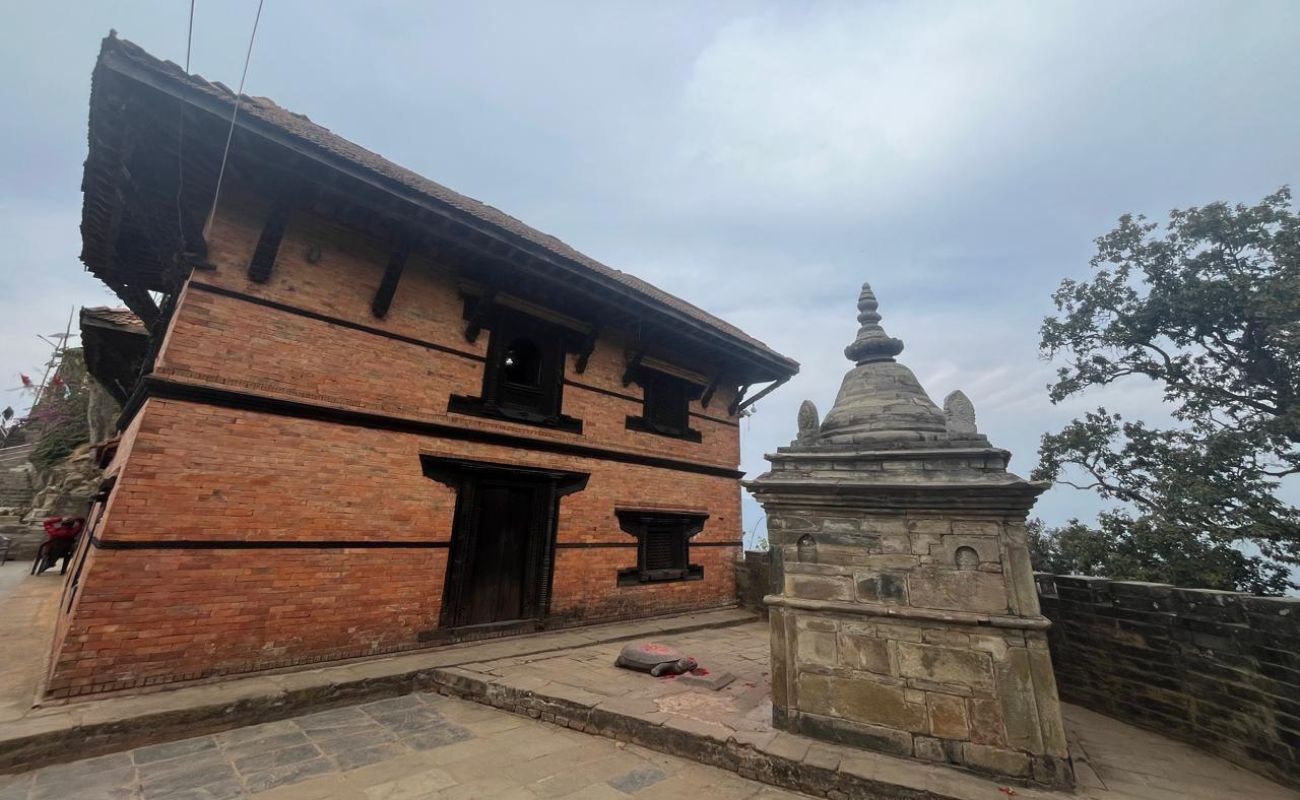
Explore Gorkha Durbar : Historic Palace of Nepal
Gorkha Durbar Nepal, also known as Gorkha Palace, is not just some ancient historic building; it is the epitome of unity and unification of modern Nepal. Nestled in the Gorkha district in the western part of Nepal, Gorkha Durbar carries a great essence as the birthplace of the unifier of modern Nepal, King Prithvi Narayan Shah.
Gorkha Palace is the perfect blend of history, nature, great architecture, and cultural and spiritual richness. Even though this enriching Durbar often gets overlooked in comparison to some other heritage sites in Nepal, this place has its own charm and history, which makes it a well-worth-visit destination for anyone exploring Gorkha tourism.
Where is Gorkha Durbar Located?
Just a short 25-kilometer drive from the main Prithvi highway between Pokhara and Kathmandu takes you to the historic town of Gorkha. About 143 km west of the capital city Kathmandu and 106.5 km east of the tourist hub, Pokhara, Gorkha Durbar sits at the hilltop above the sweeping Gorkha Bazaar and other surrounding landscapes.
The architecturally rich Gorkha Durbar, with an elevation of 1400 m, offers a panoramic view of snowcapped peaks such as Mount Manaslu, Himalchuli, and Ganesh Himal. However, to get this amazing view, you will have to climb about 1500 steps to reach the actual Gorkha Durbar Nepal complex.
Why is Gorkha Durbar Famous?
Gorkha Durbar is famous because it holds immense historical, cultural, and spiritual significance in Nepal. Here's why it's so famous:
- King Prithvi Narayan Shah, who united Nepal in the 18th century, was born and raised there.
- Its perfect fusion of temple, palace, and castle architecture is unmatched in Nepal.
- The site's stunning Himalayan outlook enhances its historical richness with a touch of nature.
- It is home to the Gorkha Durbar Museum, which showcases the rich legacy of the Shah dynasty and Nepalese unification.

History of Gorkha Durbar Nepal
Gorkha was just a small feudal kingdom before the unification of modern Nepal. Many kings reigned in the kingdom of Gorkha. However, under the reign of King Ram Shah in the mid-16th century, he built the Gorkha Durbar. With more reigning of the Shah Kings, this palace became the epicenter of power in Gorkha.
However, King Prithvi Nayarayn Shah used this palace as the fortress base for his strategic military campaigns to unify the small kingdoms to form a single Nepal.
Who built Gorkha Durbar?
One of the most respected and visionary kings of the Shah dynasty, Ram Shah, built the Gorkha durbar in the 16th century. He ruled Gorkha from 1606 to 1633 and was best known for his strong governance and wise rule. Because of his fair leadership and good governance, the famous saying, “if you don't find justice, go to Gorkha,” was born.
King Ram Shah not only built this palace for a royal residence, but Gorkha Durbar with great strategy, taking advantage of the great location. This fort on the top of the hill gives a wide view of the valley and the surrounding areas. This helped the Kings to have a bird view of their people and easily locate the enemies during wars. Moreover, the steep hills acted as natural protection during the surprise attacks from enemies.
Furthermore, the intricately done wood carvings and stone carvings of the Gorkha Durbar exhibit the craftsmanship of Nepalese artisans. Today, everything about the palace, from temples to forts to buildings, echoes the unification history and royal heritage.
Key Milestones:
- Builder: King Ram Shah
- Renovations: Carried out during the reign of Prithvi Narayan Shah
- Unification Campaign: Planned and launched from the Gorkha Durbar
- Symbolism: Represents national pride, bravery, and leadership
Architecture of Gorkha Palace
The architecture of Gorkha Durbar is a striking example of medieval Nepali design. The palace is a fortified structure with sloping tiled roofs, intricately carved Newari-style wooden windows, and a layout that served both defense and royal needs.
Highlights:
- Strategic hilltop placement for security
- Multi-storied wooden palace with narrow corridors and secret rooms
- Artistic elements blend Hindu and Buddhist motifs
- The design reflects the blend of military strategy, royal elegance, and religious devotion.
Gorkha Durbar Before and After the Earthquake
Gorkha Durbar was significantly damaged by the earthquake in 2015. Many palace buildings, temples, etc, were greatly affected by the earthquake. Due to the deteriorating condition, even locals and tourists were banned from entering the palace. However, after the reconstruction work is completed in 2021, the Gorkha durbar is open to everyone.
Temples in Gorkha Durbar Nepal
The Gorkha Durbar complex houses two ancient temples ancient temples that are both religiously and culturally significant:
1. Gorakhnath Temple
Another religiously important temple of Gorkha Durbar is Gorakhnath Temple. When you take the left from the staircase of Kalika Temple and follow the Palace walls, you will come across this big, uneven, solid rock sticking out of the wall. It is believed that inside this cave, Sage Gorakhnath used to live and meditate. The sage Gorakhnath is also believed to be a huge influence in the childhood of the founder of present-day Nepal, King Prithvi Narayan Shah.
Highlights
- This temple was dedicated to Gorakhnath Baba, who is believed to be the 108th incarnation of Mahadev.
- Considered the spiritual protector of Gorkha
2. Kalika Temple
When you climb all 1500 stone stairs, you will be welcomed by the Kalika Temple on your left. Located south of Gorakhnath temple, Kalika temple is within the vicinity of Gorkha Fortress. This temple symbolizes the power and protection of Goddess Kali.
Highlights
- The temple is beautifully decorated with intricate wood carving in pagoda style.
- The peacocks surrounding the windows of Kalika Temple are one of the best examples of artistic excellence.
- It is believed that the Kalika temple was established by Ram Shah. Goddess Kalika is strongly worshipped by the Shah Kings during their ruling days.
- This temple is closed and restricted to the general public. However, you can worship and pray outside the temple.
People sacrifice animals as a form of worship in this temple.
Gorkha Durbar Museum
The Gorkha Durbar Museum is an interesting part of the Gorkha Palace complex that tells people a lot about Nepal's royal history and King Prithvi Narayan Shah's work to unite the country. Gorkha Durbar museum showcases a remarkable collection of ancient artifacts, including royal armory, weapons, coins, handwritten documents, royal portraits, and traditional clothing used by the Shah dynasty.
It offers a realistic depiction of the way of life, political system, and military tactics of that period, which gave rise to present Nepal. The museum also features exhibits related to the cultural and spiritual aspects of Gorkha, with displays dedicated to local beliefs and the revered Gorakhnath Baba.

What is the Ticket Price for Gorkha Durbar Museum?
- Nepali Citizens: NPR 50
- SAARC Nationals: NPR 100
- Foreigners: NPR 150
(Note: Prices may vary slightly based on seasonal or local adjustments.)
What Can You See in Gorkha Durbar?
When visiting Gorkha Palace, you can explore royal architecture, temples, panoramic Himalayan views, and the Gorkha Durbar Museum.
- The Royal Palace Complex
- Temples of Gorakhnath and Kalika
- Panoramic views of Mount Manaslu and Ganesh Himal
- Traditional architecture and stone pathways
- Historical artifacts in the museum
- Stone inscriptions and ancient sculptures
- Peaceful atmosphere and fresh mountain air
How to Reach Gorkha Durbar?
Gorkha Durbar is easily accessible by both airways and roadways. If you are visiting Gorkha from Pokhara, you can take about a 6-hour bus ride on the Prithvi Highway. Likewise, if you are visiting Gorkha from Pokhara, you can take a bus ride of about 4 hours.
Likewise, you can take a flight from Kathmandu to Bharatpur of about 20 minutes, a taxi or bus from Bharatpur to Gorkha of about 2 hours.
Best Time to Visit Gorkha Durbar
Like any other tours or trekking in Nepal, spring and autumn are considered the best times for visiting Gorkha Durbar.
The best time to visit Gorkha Durbar is during the autumn and spring seasons, specifically from September to November and March to May. During these months, the weather in Gorkha is pleasant, with clear skies, moderate temperatures, and minimal rainfall making it ideal for sightseeing and exploring the historic site.
During these seasons, you can add more adventures like the Manaslu Circuit Trek apart from the Gorkha Durbar visit.
Avoid visiting during the monsoon season (June to August), as heavy rainfall may cause travel disruptions and obscure views. Winter (December to February) can also be visited, but mornings and evenings can be quite chilly.
Other Attractions Near Gorkha Durbar
You can make your Gorkha visit even more rewarding and worthwhile by visiting other highlights. Some of the major side highlights are given below:
- Gorkha Bazaar – Local market full of culture and food
- Gorkha Museum– famous for cannons
- Manakamana Temple – A famous temple accessible by cable car
- Upallokot Viewpoint – A higher spot offering better views of the Himalayas
- Ligligkot – The Historic site for the race from Chepeghat to Ligligkot, which is held annually

Travel Tips for Gorkha Durbar Visitors
- Make sure to stay hydrated. You can carry water bottles and light snacks.
- Make sure to dump your waste properly.
- You will need to walk up many staircases. So, wear comfortable hiking shoes for a smooth visit.
- Respect local culture and traditions
- While visiting the temples, remove your shoes outside the temple.
- Before clicking pictures, look around for the sign of photography prohibition
- For a more detailed and comfortable visit, you can hire licensed guides who will have historical knowledge
- Carry some cash handy for museum entry and the purchase of souvenirs
Why Gorkha Durbar is a Must-Visit Historic Site in Nepal?
Gorkha Durbar is not just a tourist destination—it is a living museum of Nepalese history, a royal palace, a military fortress, and a spiritual retreat. It marks the beginning of modern Nepal, both politically and culturally.
Whether you're tracing the footsteps of Prithvi Narayan Shah, admiring the intricate architecture, or meditating in its ancient temples, this site promises a fulfilling journey through the soul of Nepal. Visit our website to learn more, get travel tips, and plan your perfect Gorkha Durbar guided visit.





